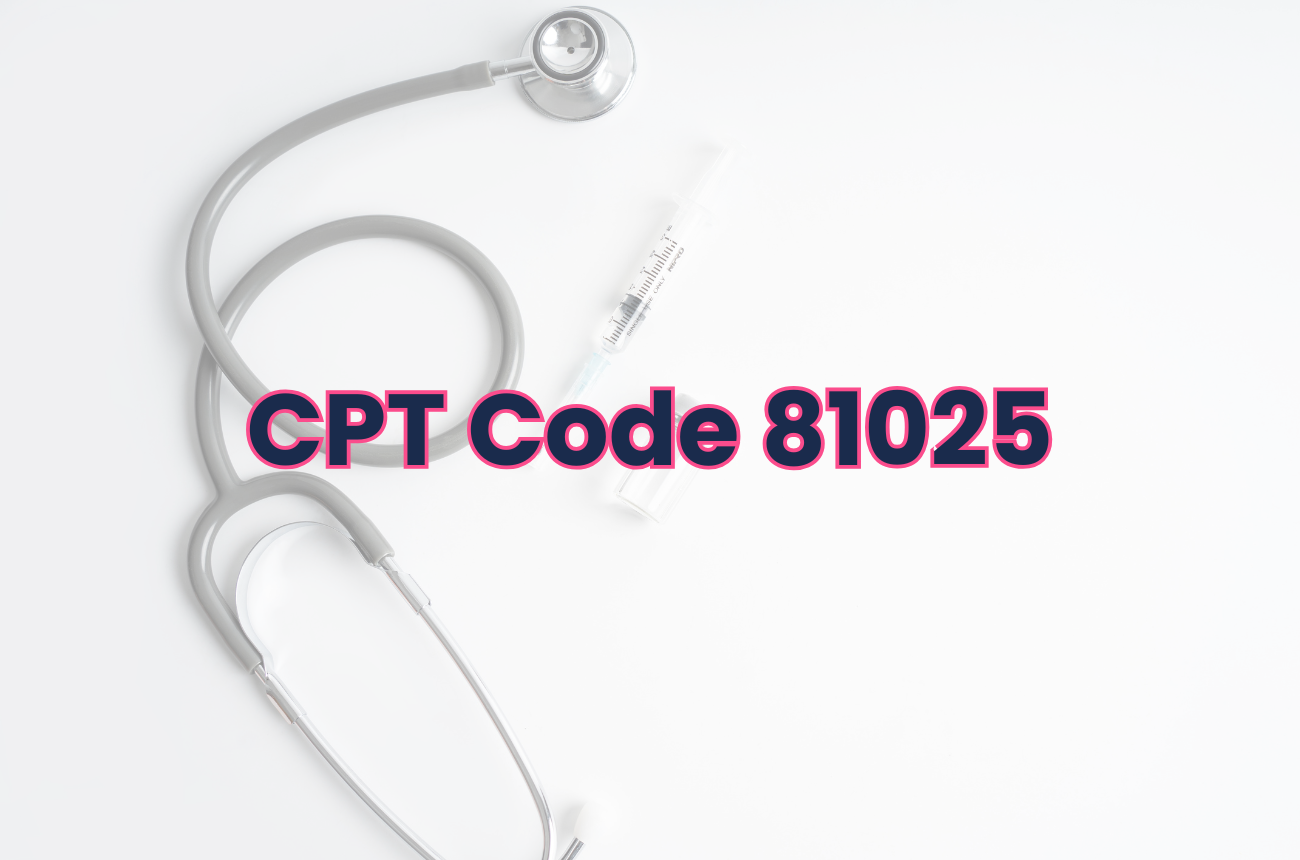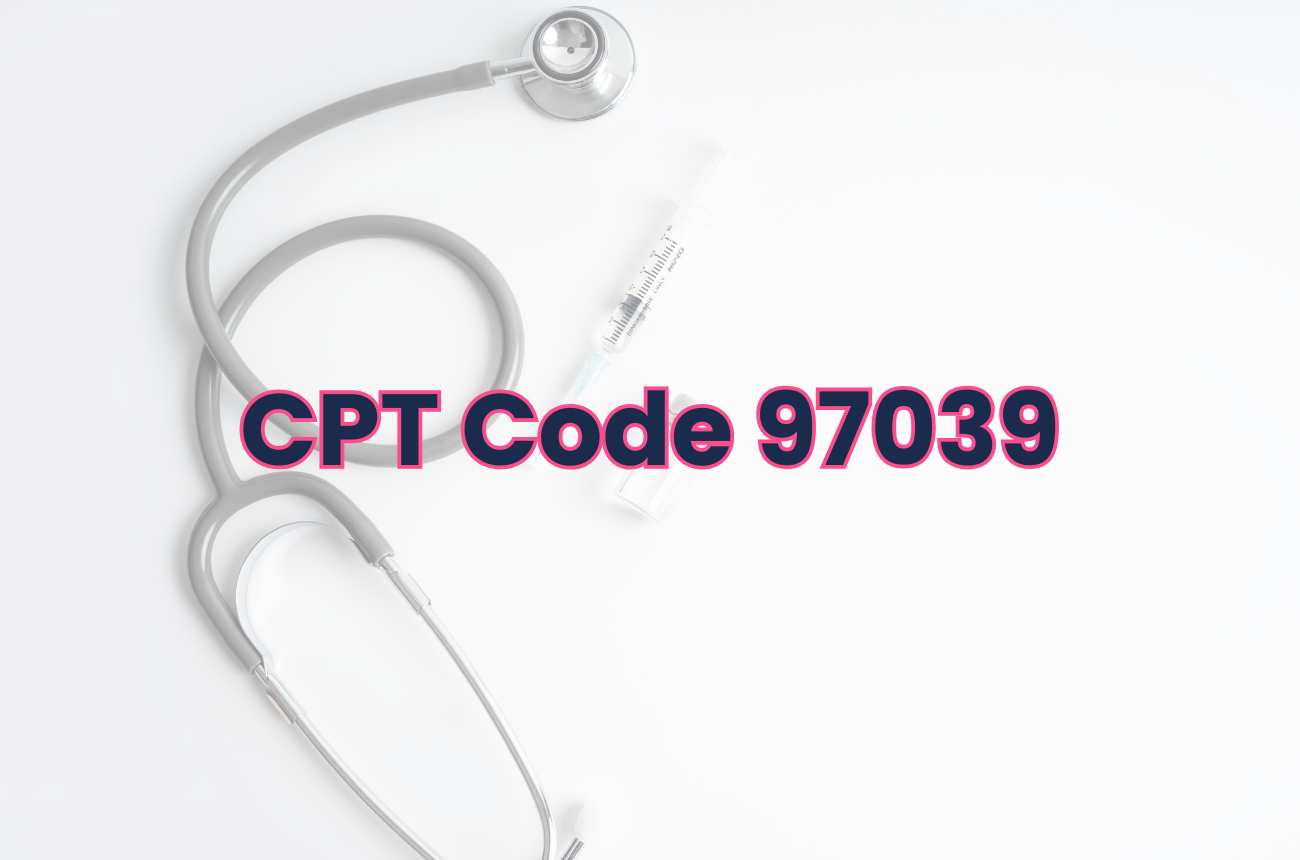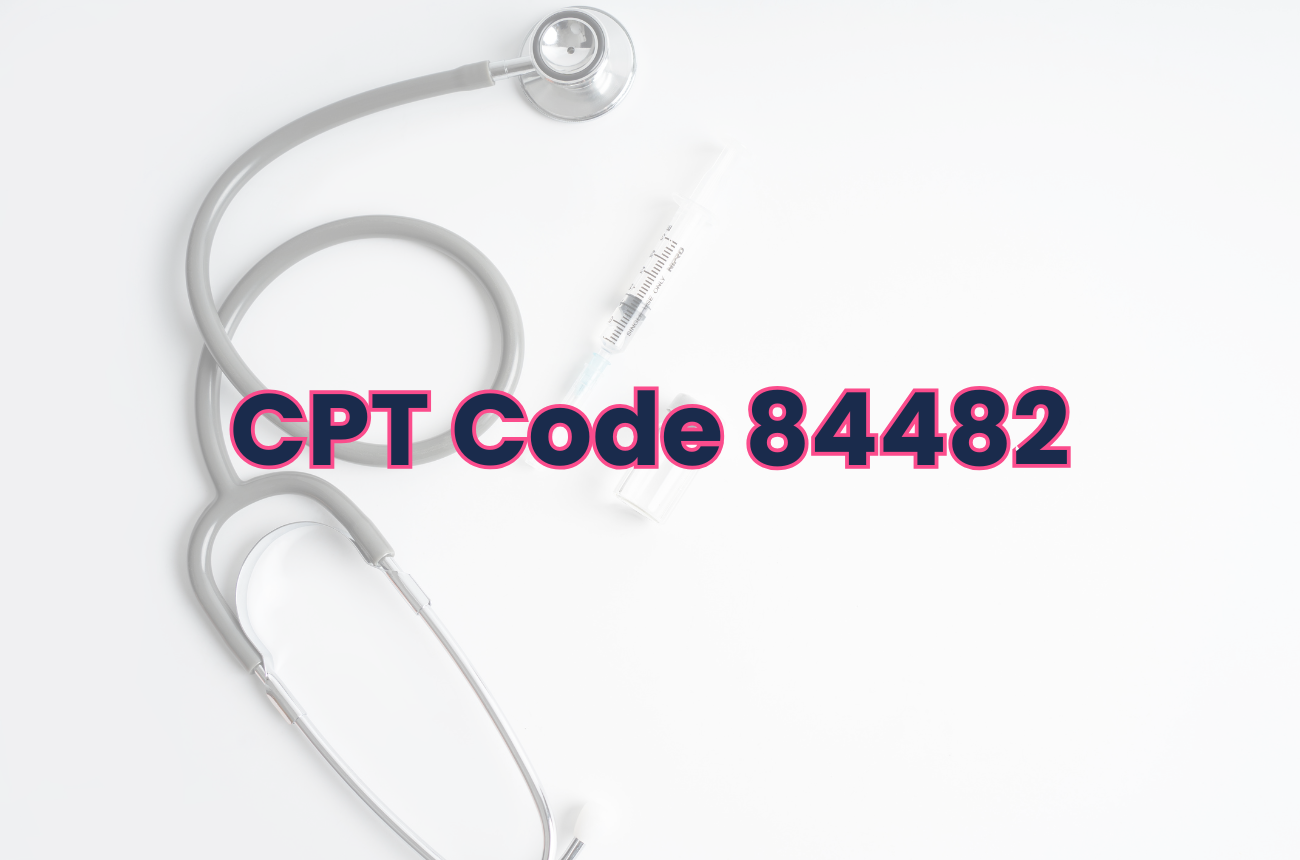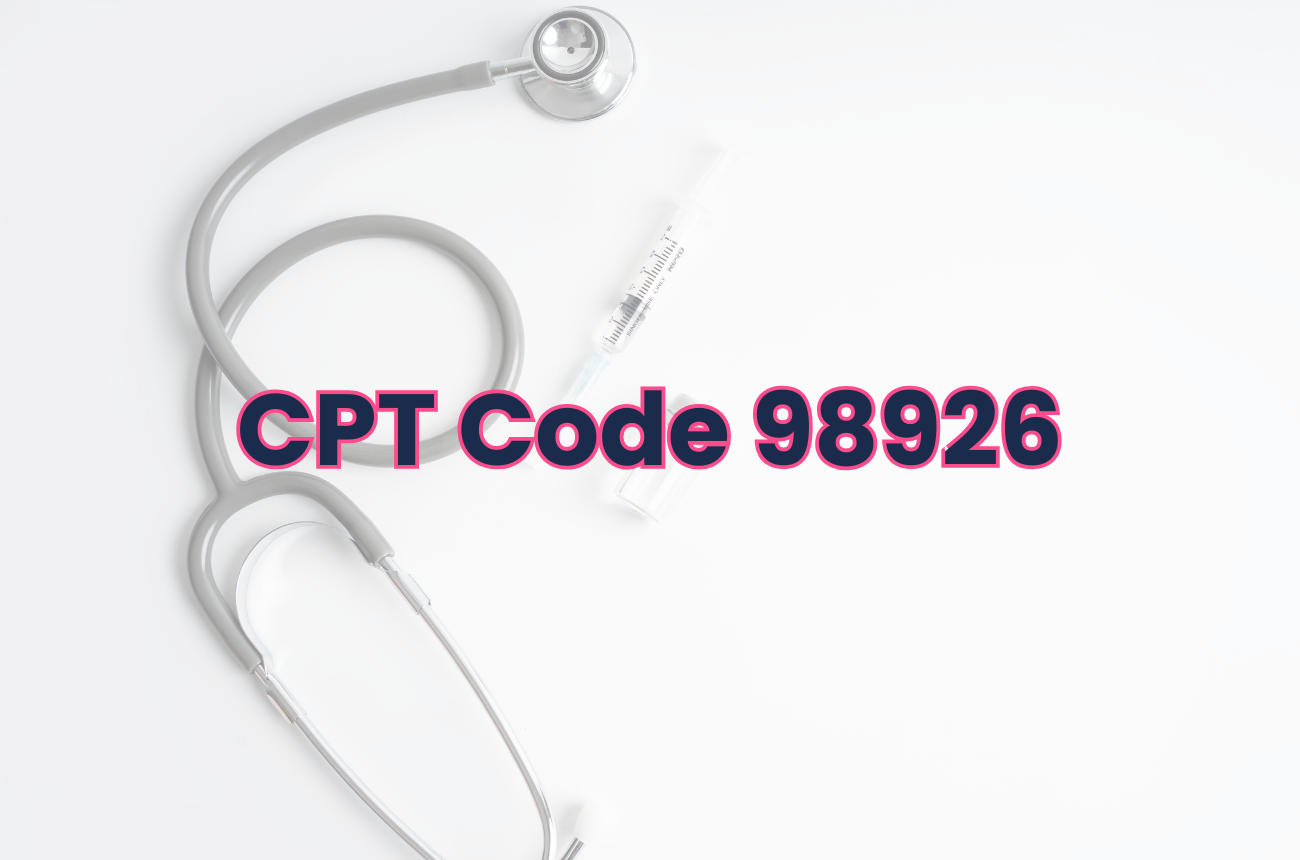CPT® code 81025 is used to report a qualitative urine pregnancy test that uses visual color comparison—commonly known as a dipstick or test strip method. This quick, point-of-care diagnostic test is widely used across various outpatient settings, including family medicine, urgent care, OB/GYN, integrative clinics, and medspas.
What is CPT Code 81025?
CPT 81025 describes a non-automated urine pregnancy test that detects the presence of human chorionic gonadotropin (hCG) in a patient's urine. The test is qualitative—meaning it provides a positive or negative result rather than a numerical value.
This method typically involves:
- Collecting a fresh urine sample
- Using a test strip or cassette impregnated with antibodies that react to hCG
- Manually interpreting the result through a color change indicator
The test offers rapid results—usually within minutes, allowing providers to guide next steps in care, such as confirming pregnancy, ruling it out before a procedure, or evaluating abnormal symptoms.
When to Use CPT Code 81025
Use 81025 when performing a urine pregnancy test using visual/manual interpretation—not when sending the specimen to an outside lab or using automated lab equipment (which would be billed under different codes, such as 84703 for quantitative serum hCG).
Clinical scenarios where 81025 may be appropriate include:
- Pre-procedure screening for pregnancy
- Evaluating symptoms like missed periods, nausea, or pelvic pain
- Routine wellness or annual visits where pregnancy status is uncertain
- Fertility monitoring or early prenatal confirmation
Documentation should include:
- Reason for the test (e.g., “RUQ pain—rule out pregnancy”)
- Results (positive/negative)
- Interpretation and clinical follow-up if applicable
Coding Considerations
- This test is CLIA-waived, but your practice must have a valid CLIA certificate of waiver to perform and bill for it.
- The test is typically bundled into evaluation and management visits but may be reimbursable separately depending on payer policy and medical necessity.
- Modifiers (e.g., -QW) may be required for billing Medicare and certain commercial payers.
CPT 81025 and Point-of-Care Testing
The rapid, low-cost nature of 81025 makes it a staple in outpatient clinical care. However, payers may scrutinize frequency and medical necessity, especially in settings where testing is performed routinely. Clear documentation of clinical rationale helps reduce denials and supports compliance.
To ensure proper reimbursement, providers must also stay current with state-specific guidelines, payer billing rules, and CLIA compliance requirements.
Simplify In-House Testing Workflows with OptiMantra
OptiMantra supports clinics that perform point-of-care tests like 81025 by integrating diagnostic services directly into the patient encounter. With OptiMantra, you can:
- Chart and record test results in real time during the visit
- Auto-generate CPT-coded superbills and ensure proper linkage to ICD-10 codes
- Embed test result interpretation and patient communication in your SOAP notes
- Streamline claims submission and payment tracking for diagnostic services
Whether you're running a women's health clinic, wellness practice, or multi-specialty center, OptiMantra helps you manage in-house diagnostics with accuracy, efficiency, and full billing integration.
Try OptiMantra for free here!
.png)





